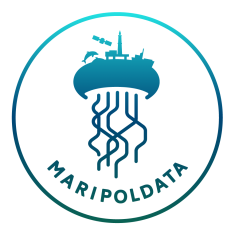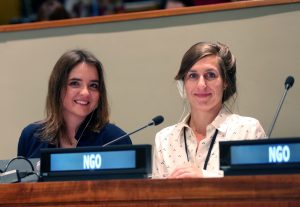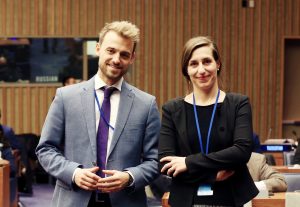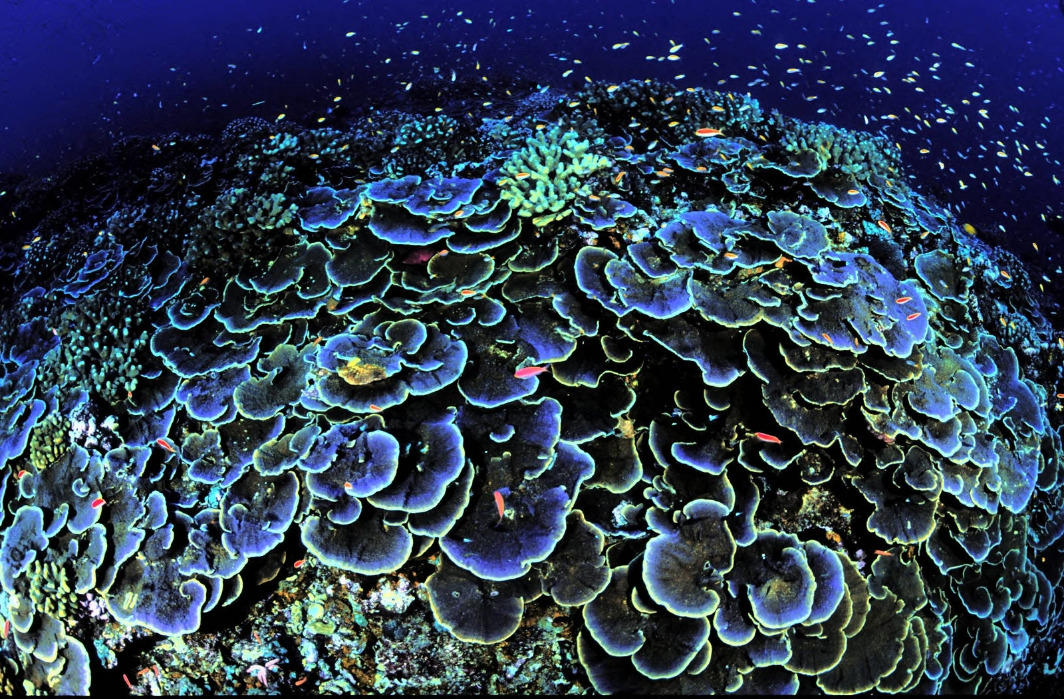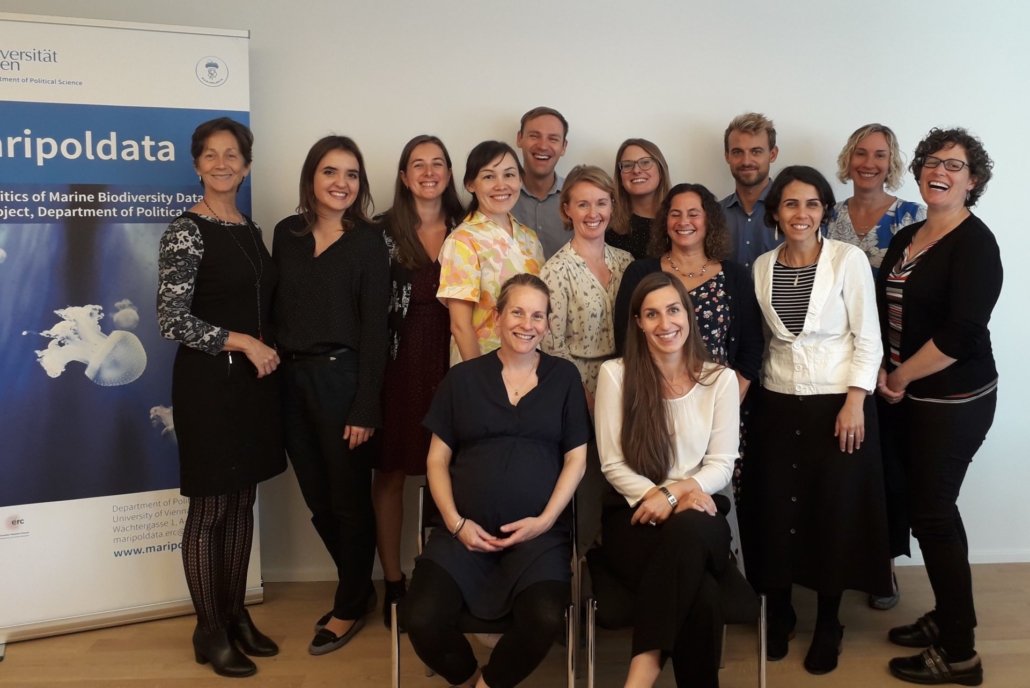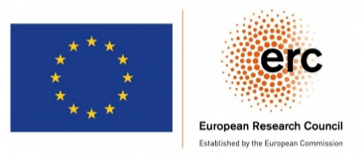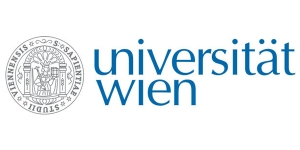Wie die Welt marine Biodiversität verhandelt
Die Zukunft der marinen Artenvielfalt ist ungewiss und wird derzeit diskutiert. Das MARIPOLDATA Projekt untersucht die Verhandlungen über ein neues, internationales Abkommen, um herauszufinden, wie Macht und Wissenschaft in der internationalen Umweltpolitik zusammenspielen.
Steigendes wirtschaftliches Interesse an Meeresressourcen, fortschreitende Technologie und Digitalisierung, neue Erkenntnisse über die Tiefsee sowie Umweltauswirkungen auf marine Artenvielfalt und Ökosysteme zeigen Lücken im bestehenden Seerechtsabkommen der Vereinten Nationen (UNCLOS) auf und erfordern eine Regulierung der außerhalb staatlicher Rechtsprechung liegenden Meeresgebiete. Diese machen ca. 94 Prozent des Volumens unserer Ozeane aus. Als Antwort wird momentan ein internationales Abkommen für den Schutz und die nachhaltige Nutzung der Biodiversität in Gebieten der hohen See und des Tiefseebodens (Biodiversity beyond national jurisdiction – BBNJ) im Rahmen der Vereinten Nationen verhandelt. Das Abkommen umfasst marine Genressourcen, gebietsbezogene Managementmaßnahmen einschließlich Meeresschutzgebiete, Umweltverträglichkeitsprüfungen und Kapazitätsaufbau sowie Transfer von Meerestechnologie.
Das MARIPOLDATA Projekt „The Politics of Marine Biodiversity Data: Global and National Policies and Practices of Monitoring the Oceans“ untersucht die Verhandlungen über das neue Abkommen dahingehend, wie Macht und Wissenschaft in der internationalen Umweltpolitik zusammenspielen. Das Ziel des MARIPOLDATA Teams, bestehend aus Alice Vadrot, der Leiterin des Projekts, Emmanuelle Brogat, Ina Tessnow-von Wysocki, Petro Tolochko und Arne Langlet, ist es, einen neuen interdisziplinären Ansatz zu entwickeln, um die (geo-) politische Rolle globaler und nationaler Forschungs- und Dateninfrastrukturen und das Ineinanderwirken von Wissenschaft und Politik neu denken und empirisch erfassen zu können.
Dies ist von Bedeutung für marine Ökosysteme, über die – besonders in der Tiefsee – kaum Daten zur Verfügung stehen. Die Forschung in der Hoch- und Tiefsee ist kostspielig und wird nur von einer überschaubaren Anzahl an Staaten betrieben und finanziert. Unternehmen, die in internationalen Gewässern forschen, sind nicht verpflichtet, ihre Daten oder daraus entstehende Gewinne zu teilen, etwa aus der Patentierung mariner genetischer Ressourcen.
Die aktuellen Verhandlungen sind existenziell für die marine Biodiversität und das Streben nach einer gerechten und nachhaltigen Nutzung der Meere. Die Regulierung der Meeresgebiete außerhalb staatlicher Rechtsprechung ist bislang lediglich teilweise durch fragmentierte regionale Schutzabkommen geregelt und ein Abkommen könnte einen großen Schritt zu mehr Artenschutz in den Weltmeeren bedeuten.
Wie funktioniert die Schnittstelle zwischen Wissenschaft und internationaler Politik?
Ina, Doktorandin im MARIPOLDATA Team, mit akademischen Hintergrund in Internationale Beziehungen und einer Leidenschaft für Umweltschutz, interessiert sie sich für Internationale Kooperation in Umweltfragen und spezialisiert sich auf Umweltprobleme, die sich – aufgrund ihres transnationalen Charakters – nur in internationalen Foren lösen lassen. Durch das Beobachten der Verhandlungen vor Ort und Interviews mit VertreterInnen von Regierungen, NGOs und der Wissenschaft, möchte sie zeigen, wie sich auf bestimmte Inhalte der Verhandlungen geeinigt wird und über welche Wege und Akteure es bestimmte Konzepte in den Vertragstext schaffen, während andere keine Priorität erhalten. Mit ihrer Forschung möchte Ina die aktuelle Praxis von Verhandlungen zu internationalen Umweltabkommen verstehen und aufzeigen, wessen Stimmen und Ideen auf welchen Wegen in der internationalen Umweltpolitik Gehör finden.
Arne, ebenfalls Doktorand im Team und in Nähe sowie enger Verbundenheit zum Meer aufgewachsen, freut sich, über das Projekt einen kleinen Beitrag dazu zu leisten, wie
die Ozeane in den nächsten Jahrzehnten verwaltet und geschützt werden. Mit seiner Forschung versucht er, den Einfluss der sozialen Netzwerke, die zwischen Staaten und ExpertInnen existieren, aufzuzeigen. So kann ein Netzwerk-orientiertes Verständnis von Macht in internationalen Verhandlungen die Akteure sensibilisieren, dass bestehende Ungleichheiten nicht in einen neuen internationalen Körper kopiert werden und dort für Konflikte und das Nicht-Durchführen von Schutzmaßnahmen sorgen.
Petro, der Post-Doc des Projekts, untersucht den wissenschaftlichen Output der Meeresforschung anhand von quantitativen Indikatoren. So kann er in diesem bisher kaum erforschten wissenschaftssoziologischen Gebiet aufzeigen, dass es eine signifikante globale Ungleichheit im wissenschaftlichen Nutzen der Ozeane gibt und welche Themen von ForscherInnen aus verschiedenen Erdteilen besonders bedient werden.
Die Zukunft der marinen Artenvielfalt ist ungewiss und wird derzeit verhandelt. Gemeinsam arbeitet das MARIPOLDATA Team daran, mit den gewonnen Erkenntnissen die wissenschaftliche Debatte voranzubringen und die politischen VerhandlerInnen zu informieren. So hofft das Team, einen positiven Beitrag zu der Entstehung eines fairen und anspruchsvollen Abkommens zu leisten, welches die marine Artenvielfalt nachhaltig und unter Einbeziehung von wissenschaftlichen Erkenntnissen überall auf der Welt schützt.
Dieser Blog wurde vom MARIPOLDATA-Team für den Univie Blog geschrieben. Der Originalartikel kann im Blog der Universität Wien HIER nachgelesen werden.
